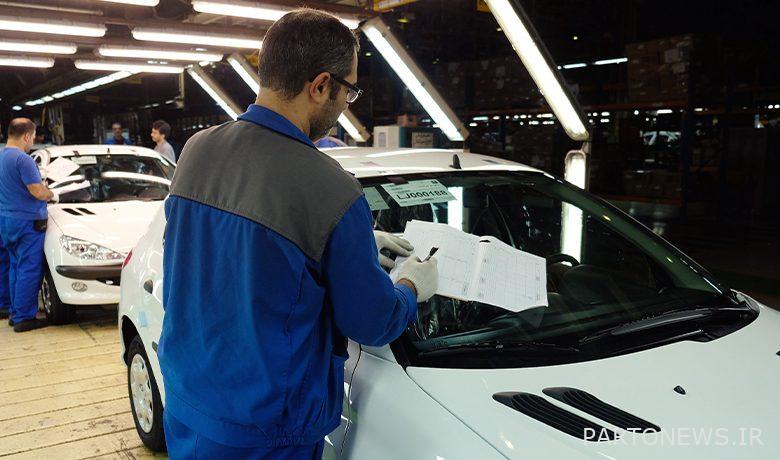Possibility of car price increase again – Trade News

According to Tejarat News, the shortage and growth in the price of electronic microchips in the world has brought the country’s car industry to an unforeseen crisis. The electronics chip deficit has plagued global automotive industry production and demand pressure since last year.
The supply of microchips in the Iranian automotive industry faces two important challenges; One of these two challenges is the lack of liquidity. At present, the country’s automobile industry is facing production losses and accumulation due to mandatory pricing and also the disproportion of production with the offered price.
Lack of liquidity as well as loss-making production has led automakers to halt many of their development plans and focus on producing current products. Now, due to the global increase in the price of microchips, its supply for the country’s automobile industry will be done at a high cost.
According to an estimate made by one of our country’s automakers, in the current situation, the supply of electronic chips has increased the cost price of each device by about 15 million Tomans, while this price increase will reach 23 million Tomans by the end of autumn.
The forecasts for estimating the increase in car prices come at a time when the market regulation headquarters has not yet made a decisive decision on car prices and is still emphasizing orderly pricing regardless of the cost of the car.
What is clear is that in addition to the cost of production inputs, which have skyrocketed over the past three years due to general inflation and sanctions, the shortage and rising price of electronic chips must now be added to the country’s auto challenges.
Therefore, in a situation where car manufacturers have warned the car policymaker that they should add 15 to 23 million tomans to the current cost of the car to supply electronic parts and chips, the policymaker is not ready to increase the car price by accepting the car industry’s losses. But in terms of liquidity problems, which we mentioned as the first challenge in the supply of electronic chips, it seems that this issue has also affected the ordering of chips.
At present, due to the lack of sufficient global supply of these parts, ordering and procurement is done at a high cost. As one of the two largest automakers in the country has emphasized, apparently the chip supply period has increased from eight weeks to 48 weeks in the current situation.
Therefore, due to the scarcity of electronic chips, the supply period has been increased, while for ordering, advances must be made according to the global routine.
However, the need to prepay for ordering, even assuming a one-year supply, along with liquidity problems, has made it difficult for automakers. But the second path that has made it difficult for automakers to supply electronic chips is the imposition of international sanctions by the United States.
On the other hand, it is predicted that the crisis of electronic chips will continue until 2023, that is, until the beginning of 1402, and this means that our country’s automobile industry will be in trouble to supply the chips until 1402.
Thus, with the car manufacturer and policy maker aware of the problems of supplying these parts, it is not clear whether the promise of a growth of 1.6 million units will be fulfilled by next year or not.
Is production locked?
What is clear is that automakers are facing a bigger problem in the face of pricing car products and opposition to price increases. The solution to this problem lies in the liquidity of the automaker and, on the other hand, the lifting of international sanctions. Thus, if the mandatory pricing is eliminated or the car price is increased by the market regulation headquarters, only a small part of this node will be opened and the opening of another node will go back to international relations. In this regard, some automotive industry executives predict that if the financial resources are not injected or the process of order registration and currency allocation is not facilitated, the car floor of the carmakers’ parking lot will increase unprecedentedly, which means that the production flow will be practically locked.
It is clear that two factors, the problem of liquidity and the lack of supply of electronic chips, have led to the production of incomplete cars, while the policymaker in this situation, by delaying car pricing, is apparently looking for a miracle in this industry.
Source: the world of economy

